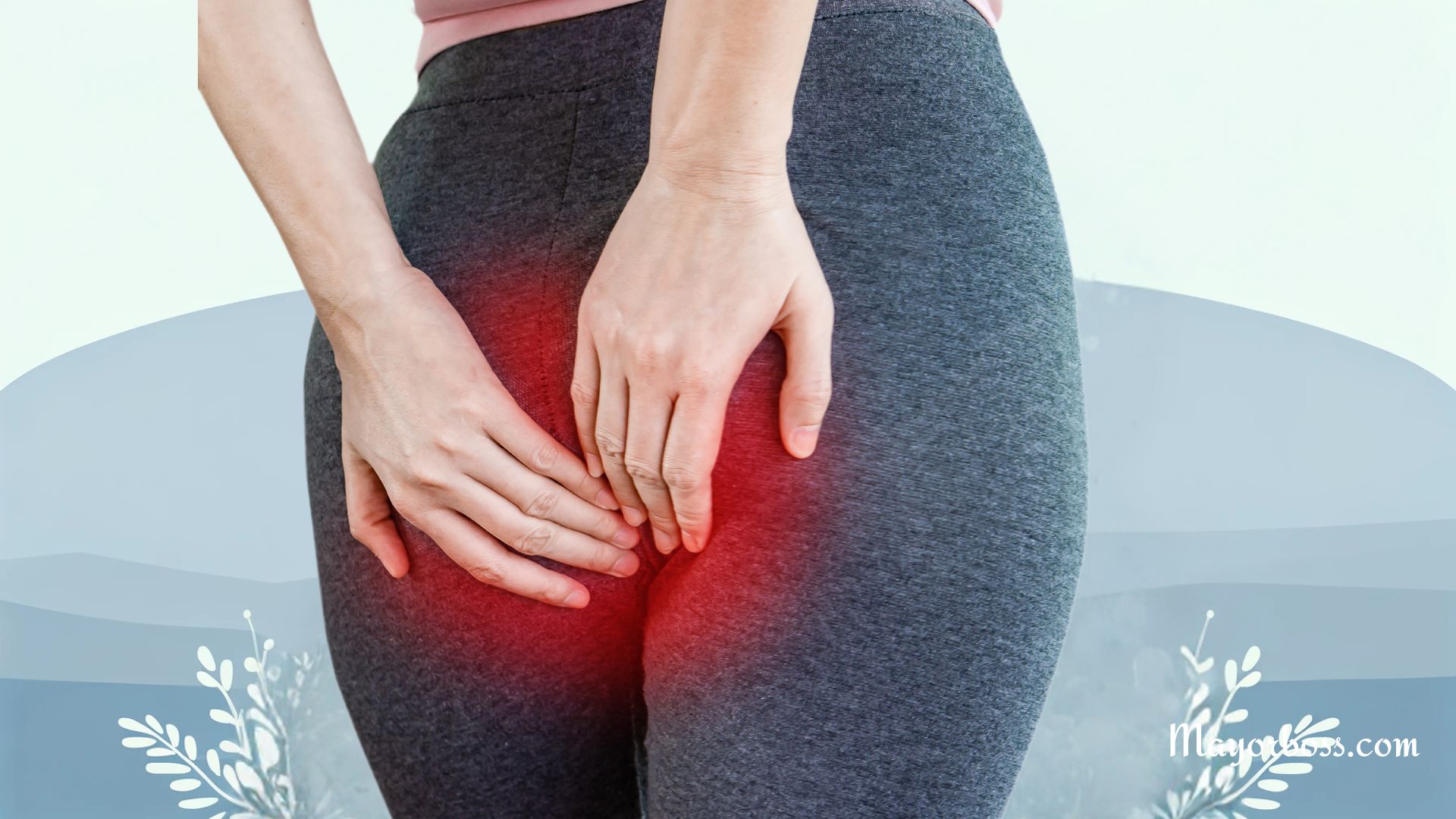What It Really Means When Your Perineum Itches
The perineum is the area between your genitals and anus. This sensitive region can sometimes itch, and you might wonder why. Sometimes, the cause is unknown. Although it’s usually not a sign of anything serious, understanding the potential causes can help you address the issue effectively.
Common Causes of Perineal Itching

1. Hygiene Aspects
One of the most straightforward reasons your perineum might itch is due to hygiene. If this area is not cleaned properly, sweat, bacteria, and dead skin cells can accumulate, leading to irritation and itching. On the other hand, over-cleaning or using harsh soaps can also cause dryness and itching.
2. Moisture and Sweating
Excess moisture, especially due to sweating, can lead to itching. This area is prone to sweat buildup, and moisture can become trapped, creating an environment where fungi and bacteria thrive.
3. Fabric and Clothing Choices
The type of underwear and clothing you wear can contribute to perineal itching. Tight-fitting clothes or synthetic fabrics that don’t breathe well can increase sweat and irritation. Opting for loose-fitting, breathable fabrics like cotton can help.
4. Skin Conditions
Various skin conditions, such as eczema or psoriasis, might also affect the perineum, causing itching and discomfort. These conditions often require specific treatments.
5. Infections
Fungal infections like jock itch are common in the perineal area. These infections cause redness, itching, and sometimes a rash. They thrive in moist environments and might require antifungal treatments.
6. Parasitic Infestations
Parasites like pinworms, often more common in children, can cause intense itching, especially at night. The itching occurs as the female worms lay eggs around the anus, which is close to the perineum.
7. Allergic Reactions
Sometimes, an allergic reaction to products like laundry detergents, soaps, or personal hygiene items can cause itching in the perineal area. This type of dermatitis, known as contact dermatitis, happens when your skin reacts to an allergen or irritant.
8. Sexual Health Issues
Certain sexually transmitted infections (STIs), like herpes, gonorrhea, or genital warts, can lead to itching around the genitals and perineum. These conditions may also show other symptoms, such as pain or visible sores.
9. Hormonal Changes
For women, hormonal fluctuations, especially during menopause, can lead to vaginal dryness and itching that extends to the perineum. Similarly, during pregnancy, hormonal changes can also cause increased sensitivity and itching.
10. Dietary Factors
What you eat can sometimes affect skin health, including the perineum. Spicy foods, caffeine, and acidic foods can occasionally cause or exacerbate itching in sensitive areas.
11. Psychological Factors
Stress and anxiety can sometimes manifest physically, leading to skin irritation or itching. This is known as psychogenic itching.
12. Hemorrhoids
These are swollen veins in your lower rectum and anus. Hemorrhoids can cause itching, pain, and discomfort in the perineal area.
13. Anal Fissures
Small tears in the lining of the anus, called anal fissures, can cause pain and itching. These often result from passing hard or large stools.
14. Diabetes
People with diabetes are more prone to yeast infections, which can cause itching in the genital and perineal areas.
15. Lichen Sclerosus
This is a rare skin condition that causes thin, white patches of skin, often in the genital and anal areas. It can lead to itching, pain, and changes in skin texture.
16. Autoimmune Disorders
Certain autoimmune disorders, like Crohn’s disease, can affect the perineal region, leading to itching, sores, and discomfort.
When to See a Doctor
If your perineal itching is severe, persistent, or accompanied by other symptoms like pain, swelling, or unusual discharge, talk to a healthcare provider. They can diagnose the underlying cause and recommend appropriate treatment.
Suspected Infections
If you suspect an infection, whether fungal, bacterial, or parasitic, a doctor’s visit is important. Over-the-counter treatments might not always be effective, and a healthcare provider can prescribe the right medication.
Managing and Preventing Perineal Itching
1. Good Hygiene Practices
Maintain a balance in hygiene. Clean the area gently with mild soap and water, and ensure it’s dry afterward. Overwashing or using harsh soaps can worsen the problem.
2. Appropriate Clothing
Wear loose, breathable clothing, especially underwear. This reduces moisture buildup and irritation.
3. Moisturizing
If dry skin is an issue, use a mild, fragrance-free moisturizer to prevent itching.
4. Avoiding Irritants
Be cautious of products that might irritate your skin, like scented soaps or laundry detergents.
5. Over-the-Counter Treatments
For mild itching, over-the-counter creams can provide relief. However, it’s crucial to use products that are safe for sensitive areas.
In conclusion, perineal itching is usually a minor and treatable issue. Maintaining good hygiene, wearing the right clothes, and being aware of potential irritants are key. However, if the itching persists or is accompanied by other symptoms, a visit to a healthcare provider is necessary for proper diagnosis and treatment.
